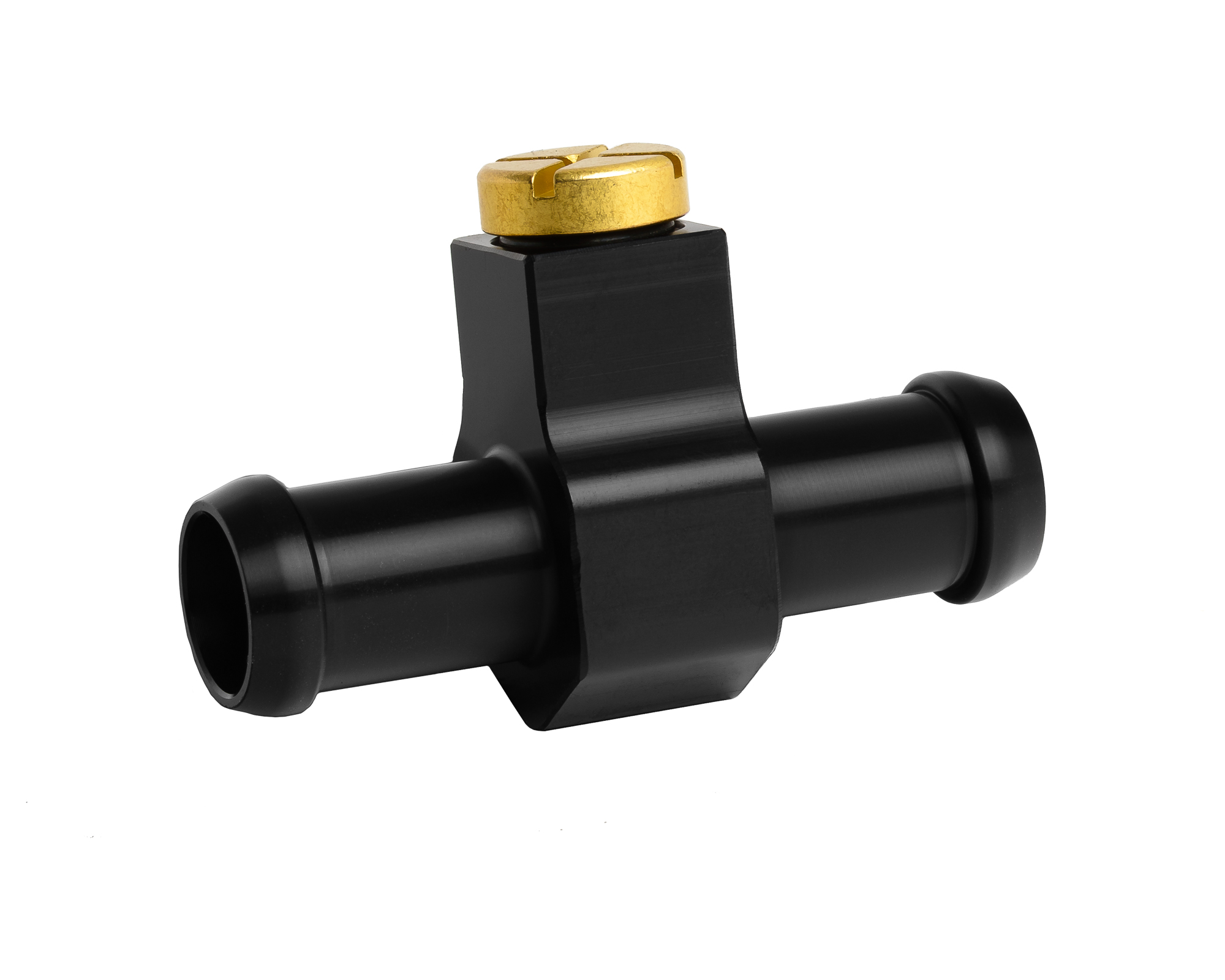Like electricity, water is lazy and will take the path of least resistance. In the OP's pic, there is very little motivation for the heated coolant to divert and flow through the heater core, so it doesn't- resulting in lack of heat.
Your idea of keeping your current heater feed from the hot flow to the rad is a good one, and the most helpful thing would be to run that line back to the expansion tank as proposed. That would result in a parallel path for the coolant to flow back to the expansion tank, giving it a pressure differential which will drive a flow as well as promote bleeding of the system if there is air in it.
In your current system, an electric pump placed somewhere between the feed and the return to the rad lines should do the trick. All you're doing with that is externally motivating the process with the additional pump to drive the flow through the core. Actually, this should also promote the bleeding of entrapped air as well.
Looking at the system as a whole, thermodynamically speaking, you won't be introducing any additional heat source into the spine. There will be an opportunity for more heat transfer, but all the lines I have running through the spine are sleeved and I don't think the margin would be noticeable if you insulated it.
If implemented correctly, either setup should effectively solve the issue.

